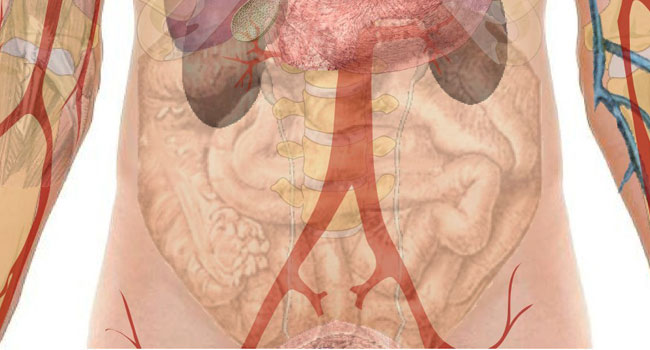
When Chronic Pain Takes Away Your Life
May 5, 2019
Can Your Gut Health Impact Your Pain?
May 5, 2019Right about now there is a good chance that you have been thinking about ways you might “hit the refresh button” on your pain management approach in the coming year. As you’re thinking about what you’d like to change, make sure that whatever goal you’re shooting for is both impactful and sustainable.
And, as with starting anything new, try to set yourself up for success. First off, make it easy to do. Look for options that are not too time-consuming or taxing. Seek out strategies or therapies that you can ease yourself into, one step at a time. Also, keep your plan affordable and try to get as much value as possible out of the time and money that you spend. And try to make it fun. The more enjoyment, inspiration, and fulfillment that you get out of whatever you do, the more likely you are to make it a lasting part of your routine.
Now let’s look at some easy ways you can spruce up your approach toward making chronic pain more manageable and better controlled –
- Unplug an hour earlier.Research has shown that when we sleep better at night, we experience less pain during the day. I also know that one of the most frequent complaints I hear from my patients is that they just don’t sleep well at all. While there are many strategies that can improve sleep, an easy one to try is to simply disconnect from your smart phone an hour earlier at night. Stopping whatever stimulation and agitation that you could get from looking at emails or social media well in advance of bedtime helps the mind and body wind down to fall asleep more easily.
- Download a meditation app.Over the last several years, a number of studies have found that meditation can play an important role in pain relief. But finding the time and inclination for meditation in our busy and over-stimulated culture can be a real challenge. While attending an 8-week mindfulness course can have serious benefit, that is not something most folks can commit to. But downloading a meditation app, most of which are free or low cost, puts a daily 5-minute mediation at your fingertips, making it easier than ever.
- Exercise smarter, not harder. While getting enough exercise is critical to both physical and mental health, this can be a real struggle for folks with challenging pain problems. In many cases, trying the typical gym exercises will only flare-up the pain even more, making the whole subject of exercise even more frustrating for patients. This is where looking outside the box can pay off by exploring other movement strategies, some of which, like tai chi and yoga, can even be done in a chair. When trying a new activity, go slow and gentle, and consider breaking it up into smaller sessions during the day instead of doing it all at once. Adding good music and making it social can boost the fun value of whatever you are doing.
- Start event planning. Commit to doing at least one joyful activity each month. Spend some time planning to do something that is special and has meaning for you, and then book it on your calendar. It can be as simple as going to the movies or taking a walk in the park. The anticipation of having something fun coming your way can boost optimism, improve mood, and lower stress.
- Take it outside. Make a habit of going outdoors and getting some fresh air in the middle of the day on a regular basis, even if it is for just a few minutes. Midday sunlight increases vitamin D levels, helps set our biological clocks, and can improve mood.
No matter what new, exciting, or different therapies or strategies that you explore this year, try not to fret about any hiccups or missteps that you encounter along the way. Appreciate each moment of the process as meaningful in some way. And if you can get through the first few months, there is a better chance that the new resolution will become a lasting habit.


